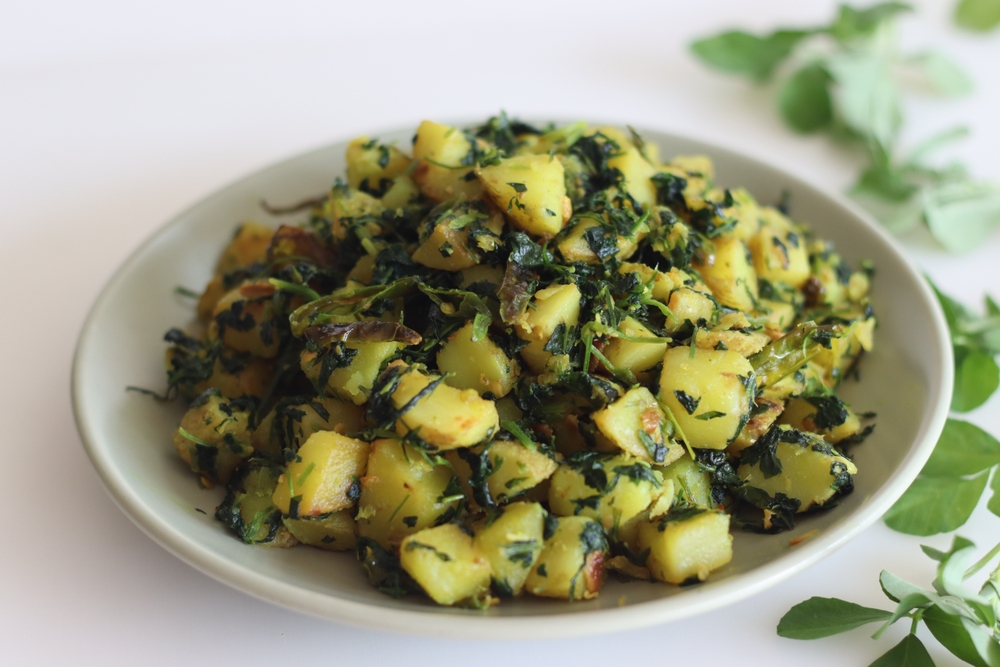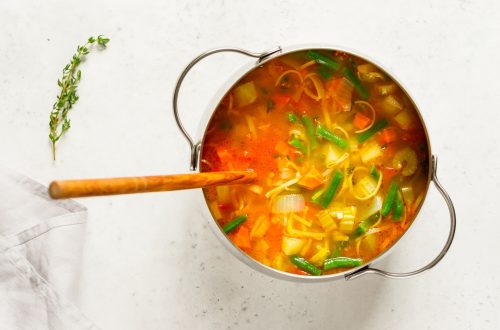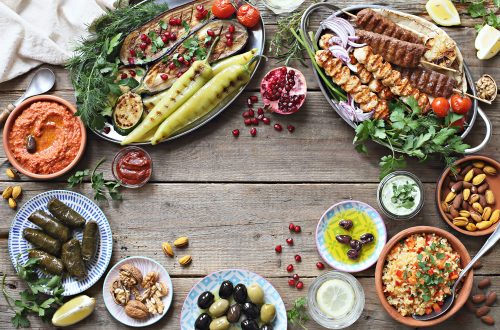
Is Yours a Potatoes or Rice Family?
Did you grow up in a rice or a potato household? Mine was definitely potatoes. In the 1950s Midwest, it was likely an inherited generational and cultural decision. The local Scandinavians who settled in the area in the late 19th century were big consumers of potatoes because that’s what they ate back in the old country. Local cooks followed the pack with potatoes in all forms, mostly boiled but also mashed, scalloped, fried, and baked. Potato salad in the summer, scalloped potatoes with ham on a winter evening, and mashed potatoes with roast beef or chicken for Sunday dinner.
A dinner with meat and potatoes usually included gravy made from the meat juices. I think all that fat and meat juices held together with flour is just the sort of ingredient that bulked up our calorie and cholesterol counts, providing energy for the hard work out in the fields. It was also delicious.
But for the past 30-plus years, I’ve lived in a rice household and always keep a big bag of basmati rice in the pantry. If we’re having a meal that would benefit from a starch, it’s going to be rice. Rice with fish in tomato sauce, rice with pork and broccoli, rice with shish kebab. And, of course, rice to accompany Chinese stir fries.
Turns out that in the U.S., rice is clearly the winner when it comes to consumption – 8 out of 10 households versus 2 out of 10 for spuds. And even though potatoes are the third-most-consumed food crop after rice and wheat, Americans are far from the biggest consumers. That prize goes to the folks in Belarus and Ukraine, followed by Kyrgyzstan and Kazakhstan.
Potato heads
I’m not advocating for potatoes, but they have been given a bad rap. They’re healthier than you might think. Their bad reputation comes from their chemistry: Potatoes have a high glycemic index, which means they can cause your blood sugar to spike. But if you eat them eat them with a protein or fat or add vinegar, you can lower that index. Plus, they are high in fiber, a good source of potassium, and full of antioxidants.
Want to rethink potatoes as a side dish to a meal? A healthier means of preparation is to roast, bake, broil, sauté, or grill them. If you’re still concerned, then use sweet potatoes or the purple varieties, as they contain extra antioxidants. Topping the potato with butter, cheese, sour cream, and bacon may seem scrumptious, but use them in moderation because that’s where the fats come in. How about trying olive oil and, for flavor, season your potatoes with herbs and spices. Nutritionally, the fiber in potatoes is a resistant starch, which has the benefits of both soluble and insoluble fiber. If you cool your potatoes after cooking, that increases the resistant starch. Potato salad, anyone? Leave the skins on whenever possible, and choose colored varieties like red or purple potatoes. The more color, the more antioxidants.
Of course, spuds still remain a nutritious side dish. I prefer the small red potatoes. How about slow-cooked potatoes with spring onions or roasted balsamic red potatoes? You could also try lemon and garlic new potatoes. Want something a little spicier? How about Indian ginger potatoes? That’s a level beyond potatoes and gravy.
Rice types
And if yours is one of those rice households, you can jazz that up, too. Of course, we all know rice pilaf and Spanish rice. But you might want to try Chinese congee: long-simmered, ginger-flavored rice that could be garnished with crunchy, spicy ingredients such as chili crisps, peanuts, green onions, or water chestnuts to complement your main dish. If you want something spicier, how about Arroz Verde? In a country where 80 percent of households eat it, you’ll not find it hard to accumulate lots of different ways to amp up rice.
When it comes to planning a meal, we all have our preferences, but I have to remind myself not to default to the old familiar ways of doing things. When it comes to rice or potatoes, whose side are you on?
From your email, please click on the headline to view the blog and photo on the website. You can log in and comment at the end of the blog to share your thoughts and start a discussion, or suggest a topic for Farmboy in the Kitchen.
If you’d like to share the blog, click on the Facebook icon or one of the others. Thanks!




